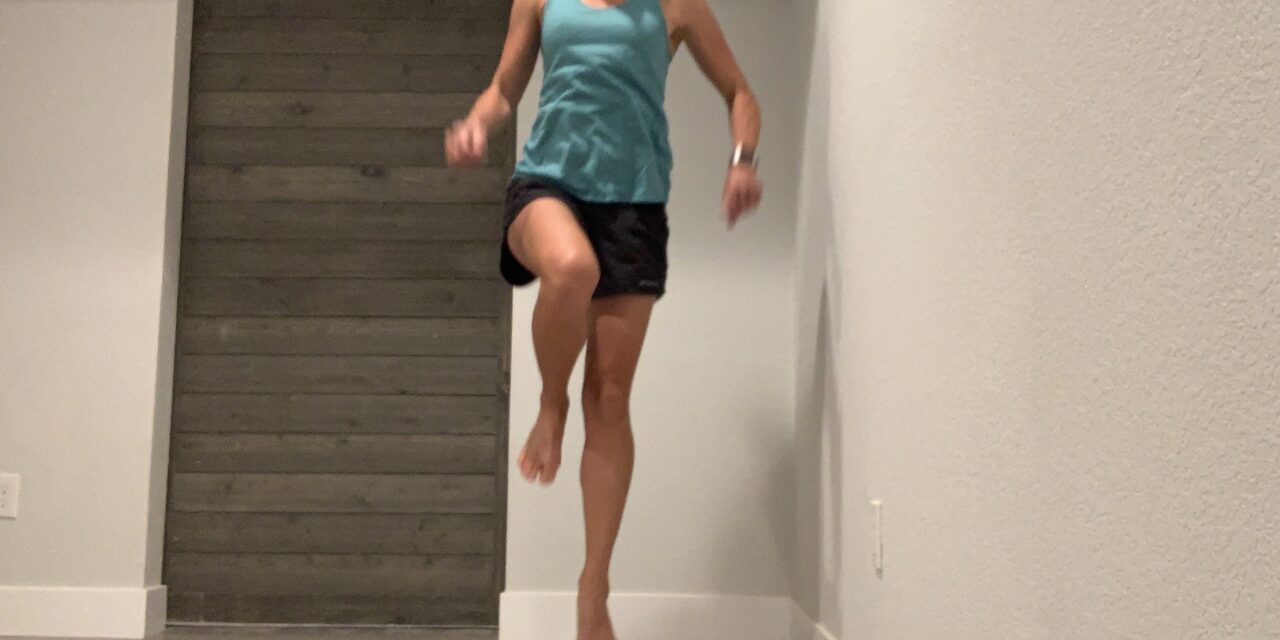Do I Need to Talk to My Healthcare Provider Before Resuming or Starting an Exercise Program After Finding Out I’m Pregnant?
After waiting the seemingly longest 2 minutes of your life, the stick reads “pregnant.” It’s overwhelming joyful, shocking, and admittedly a little scary. Millions of questions begin piling up in your mind, one of them about exercise – can I continue my normal routine or do I need to see my provider first? Waiting for...









